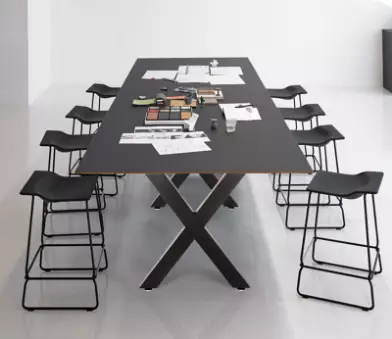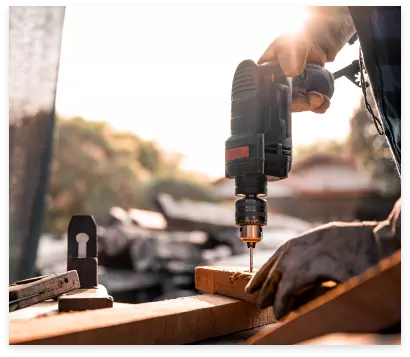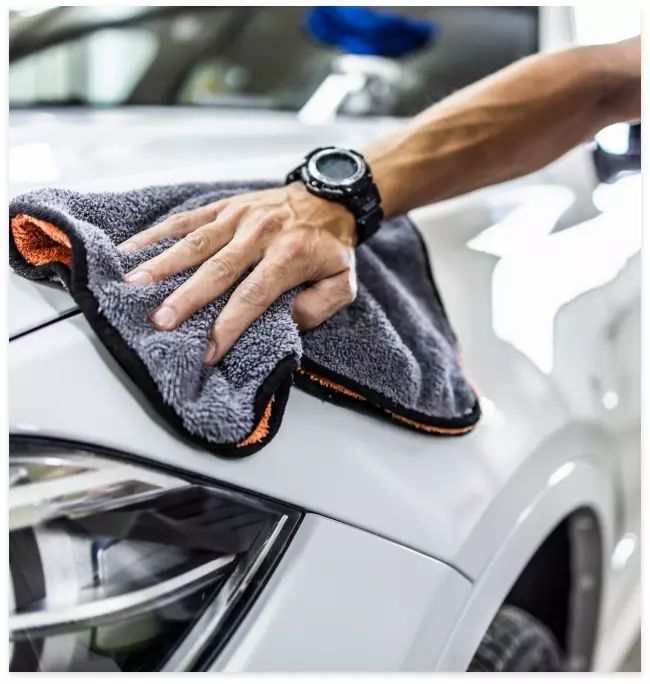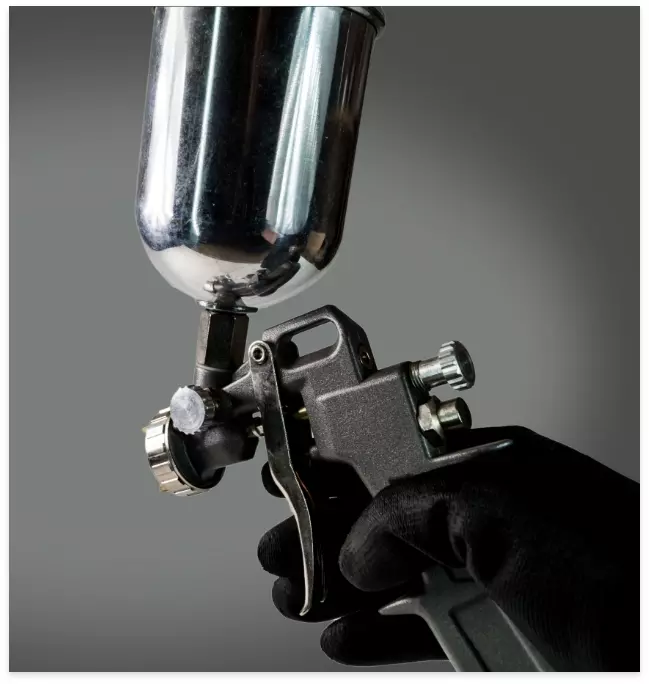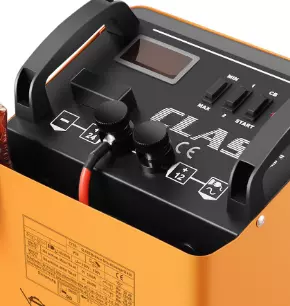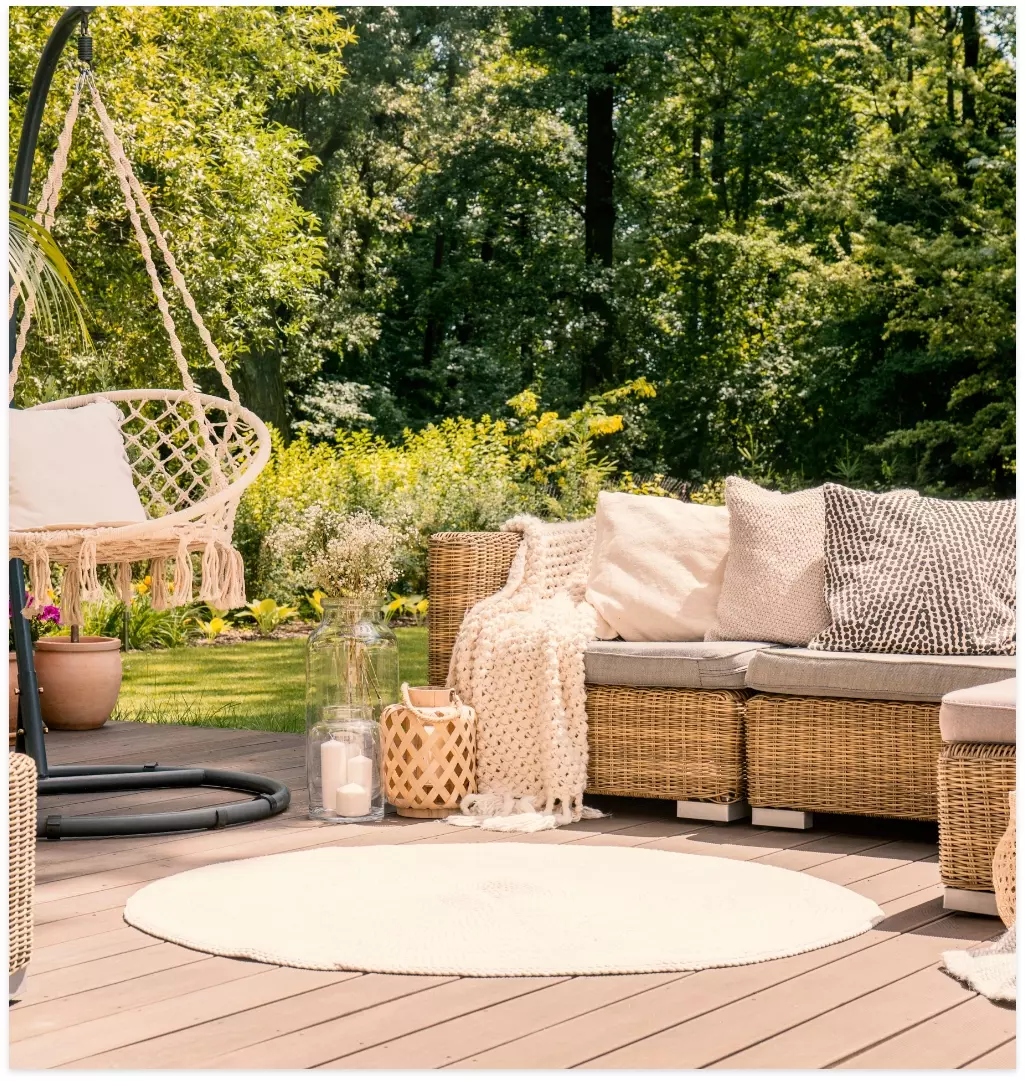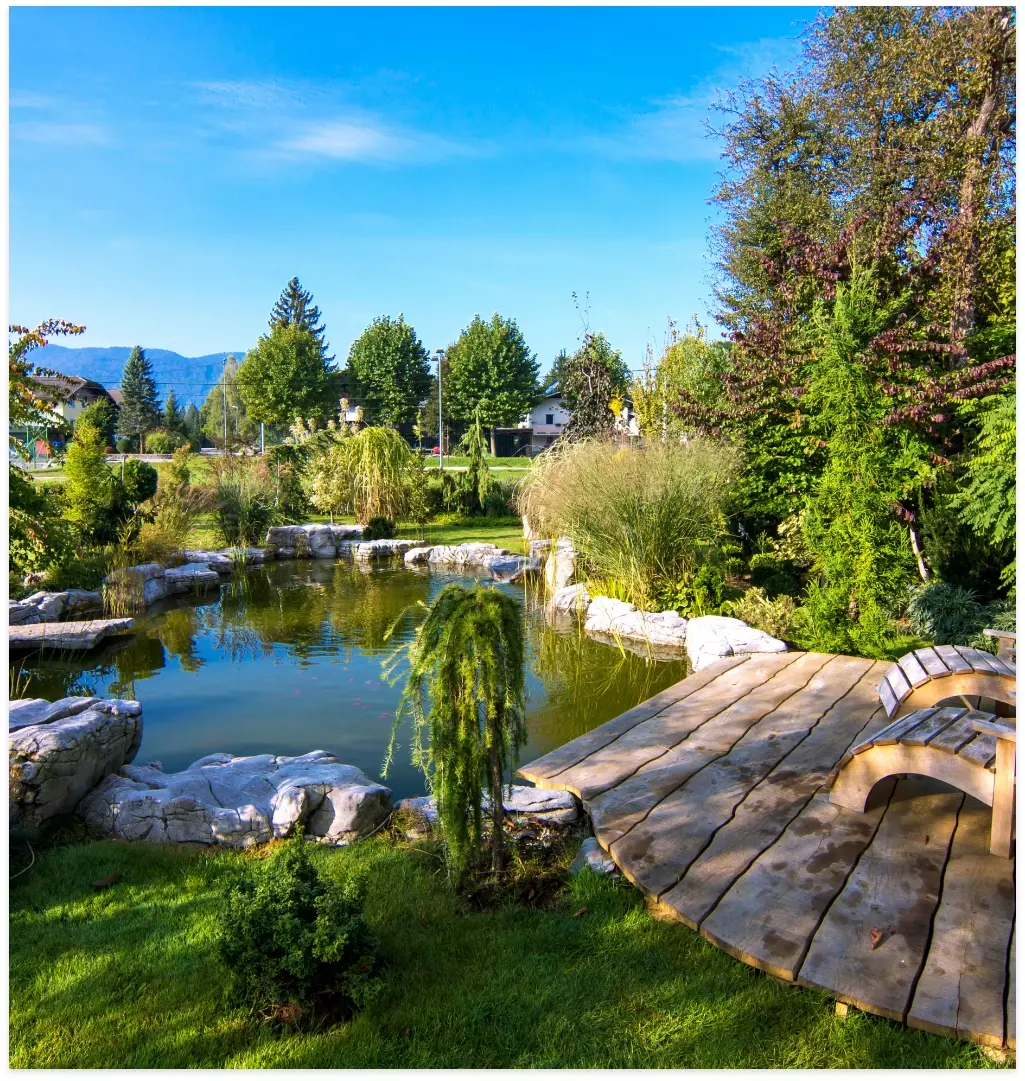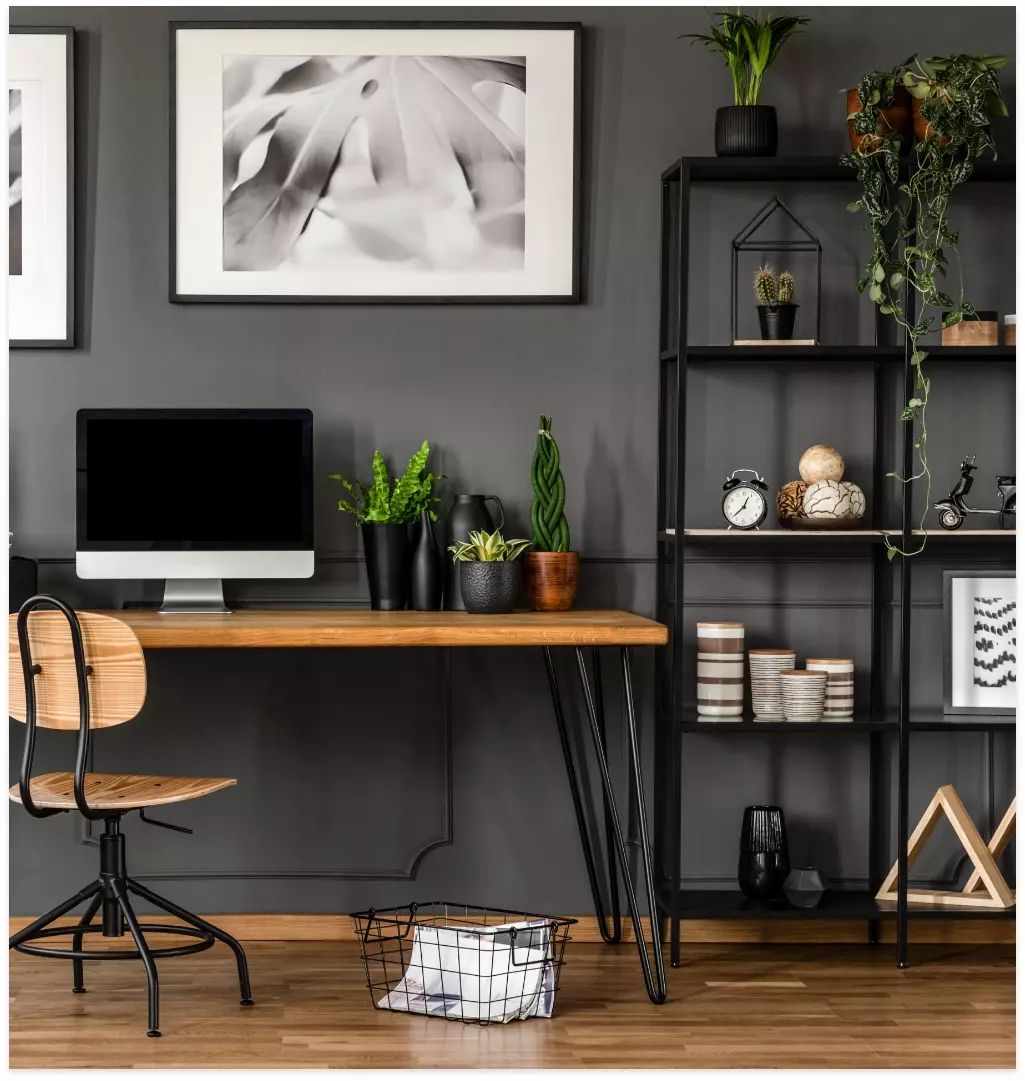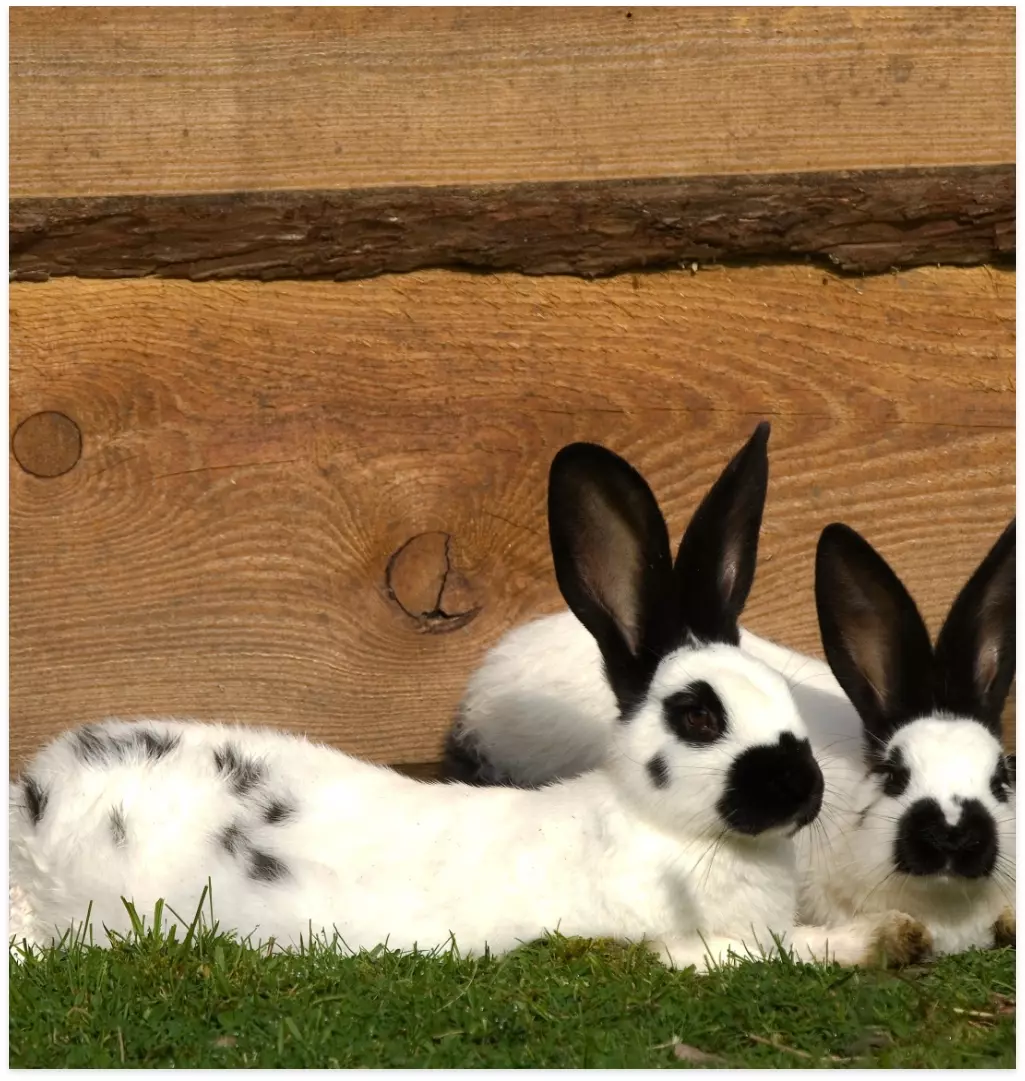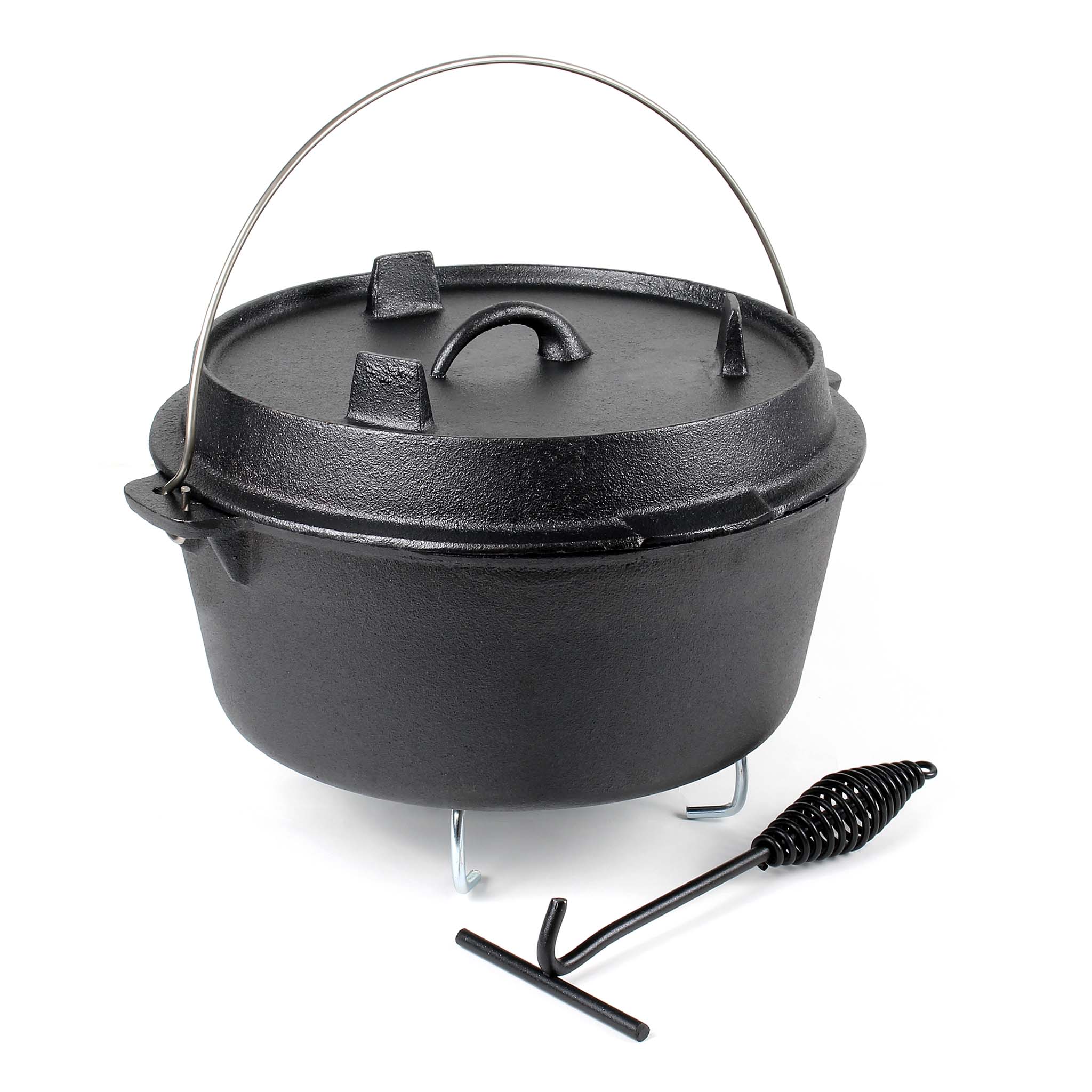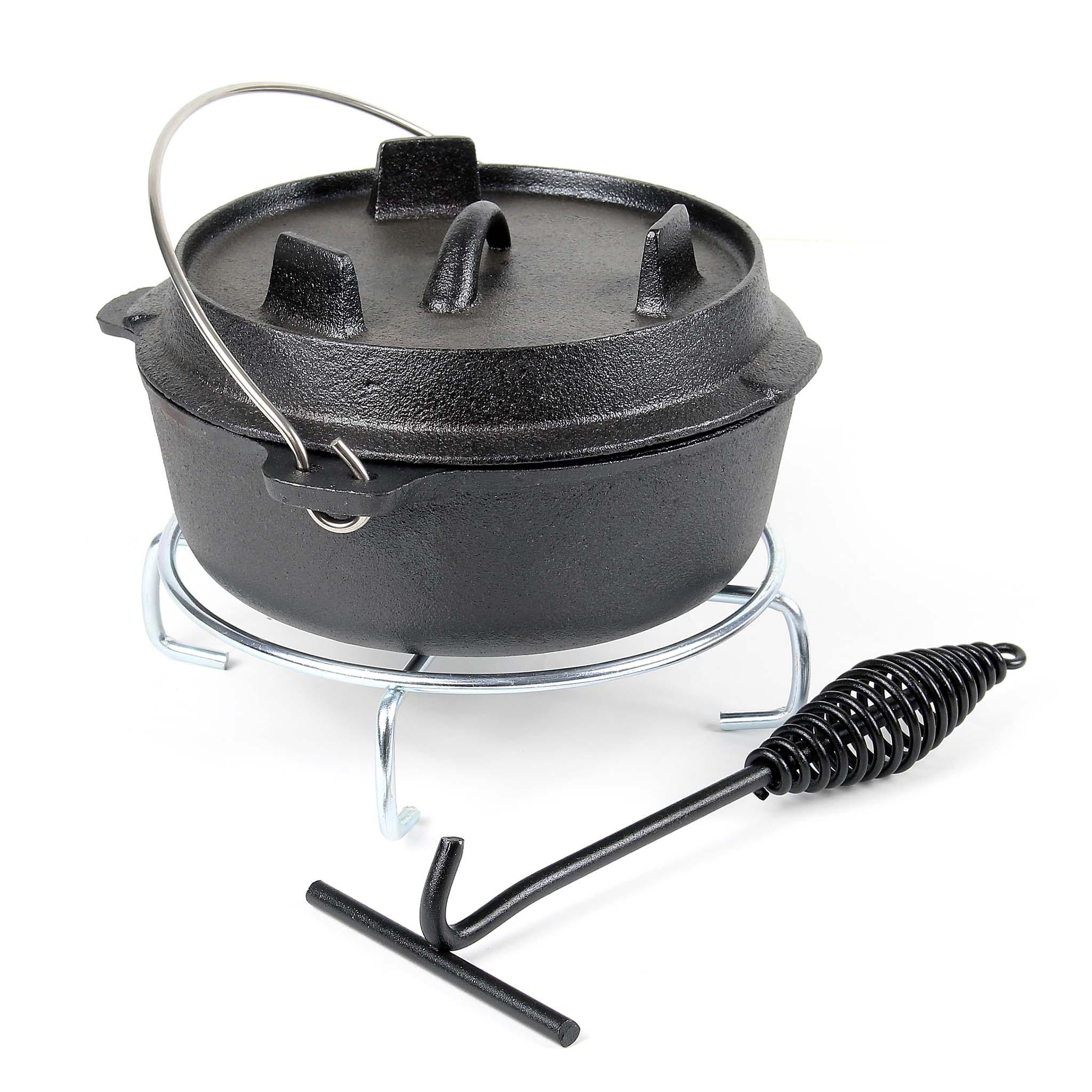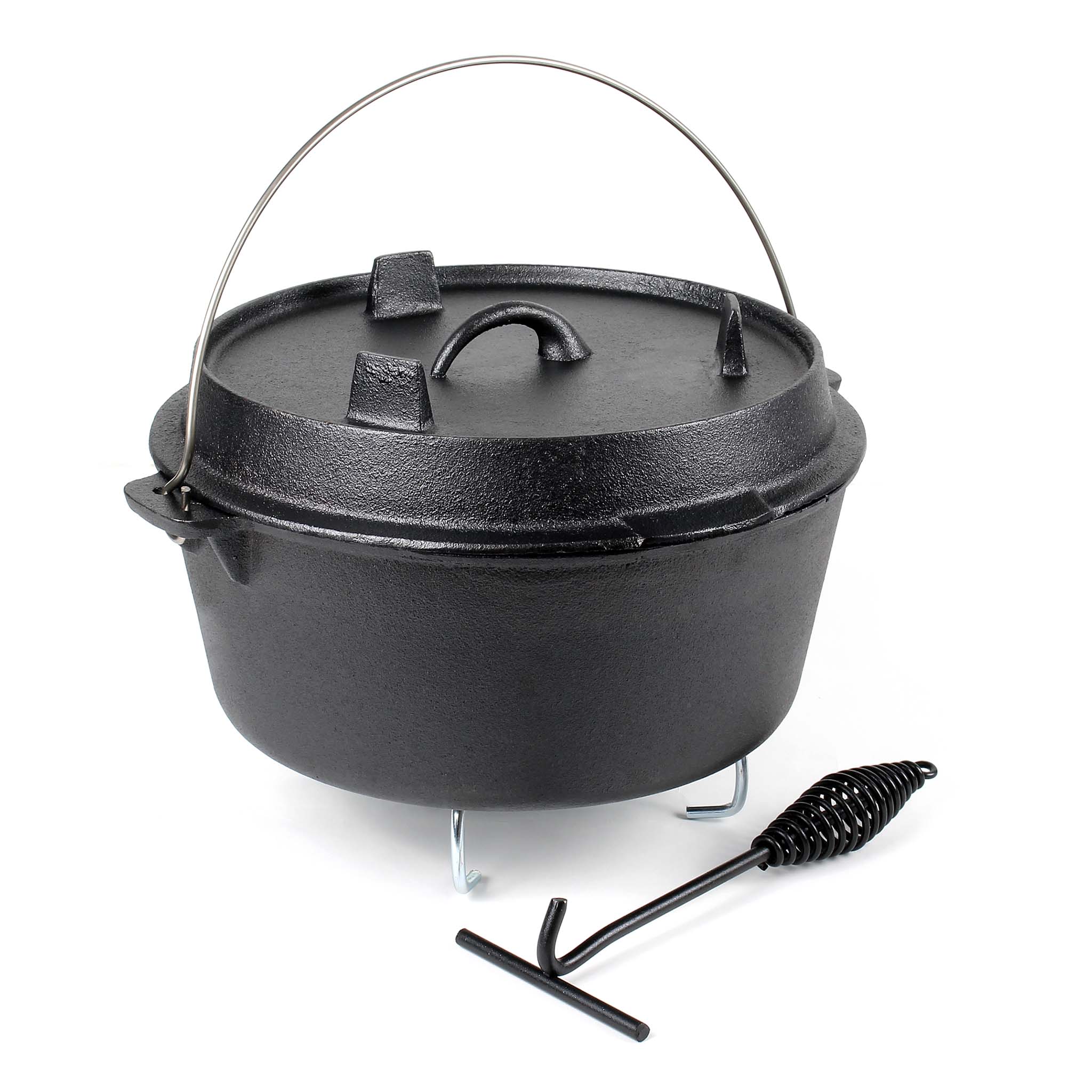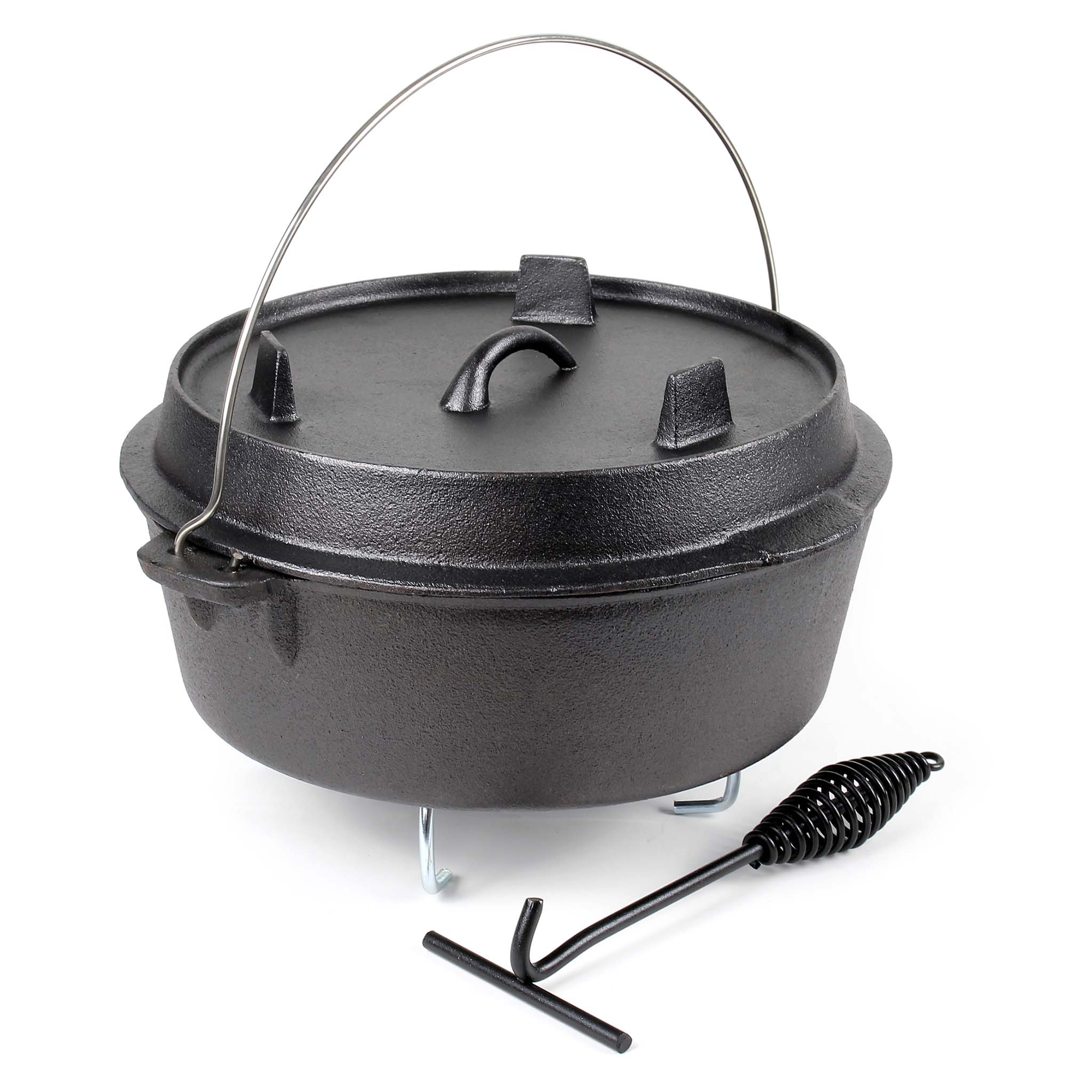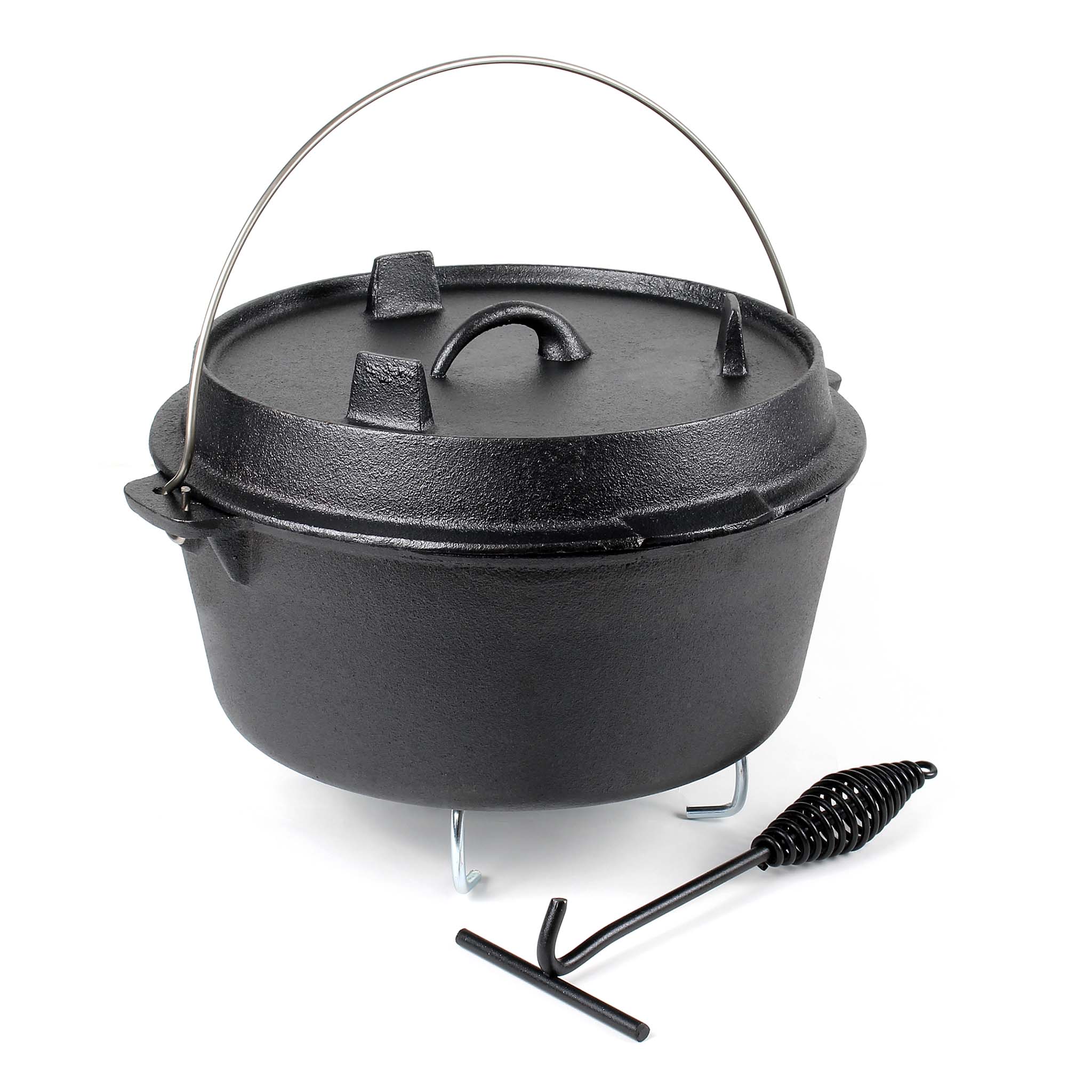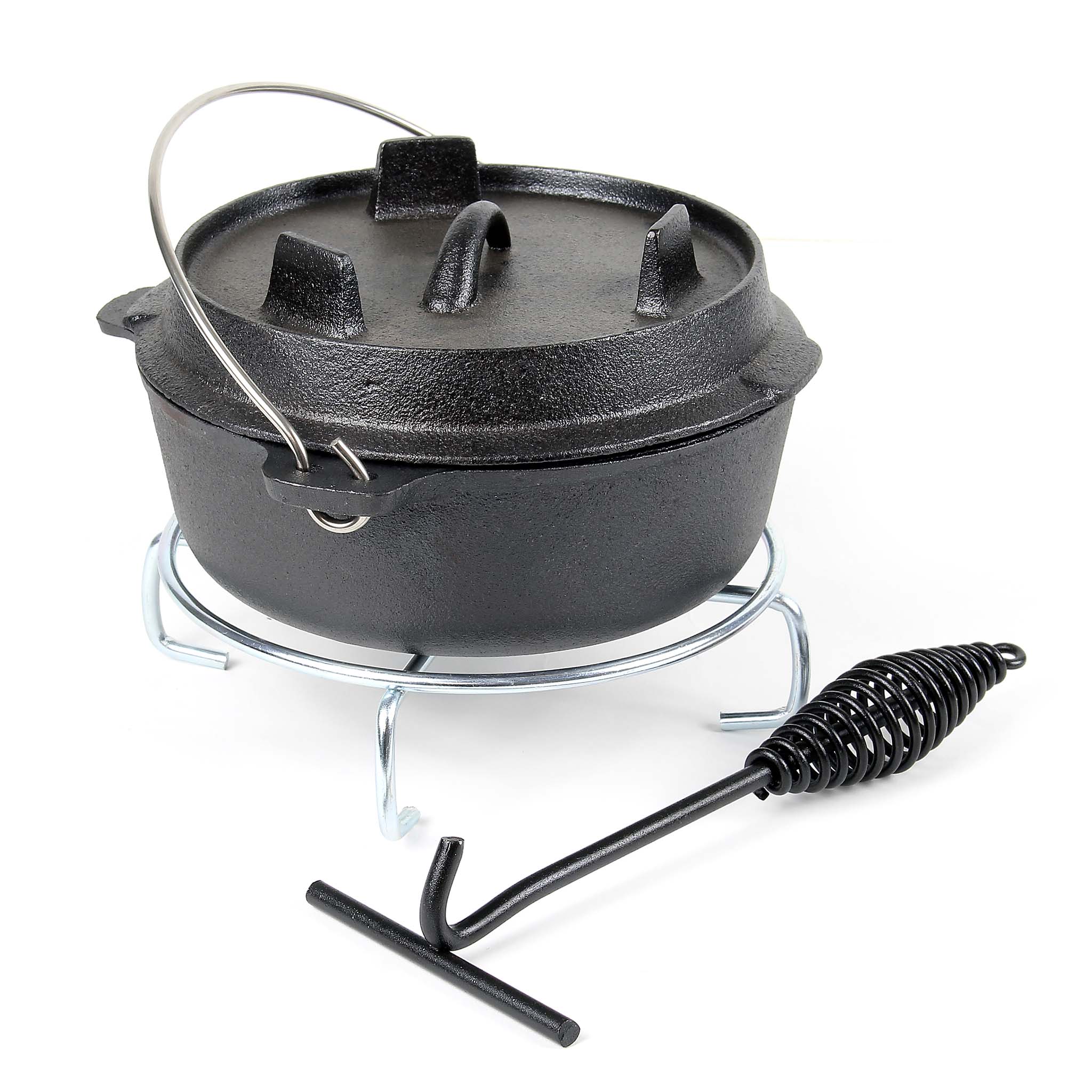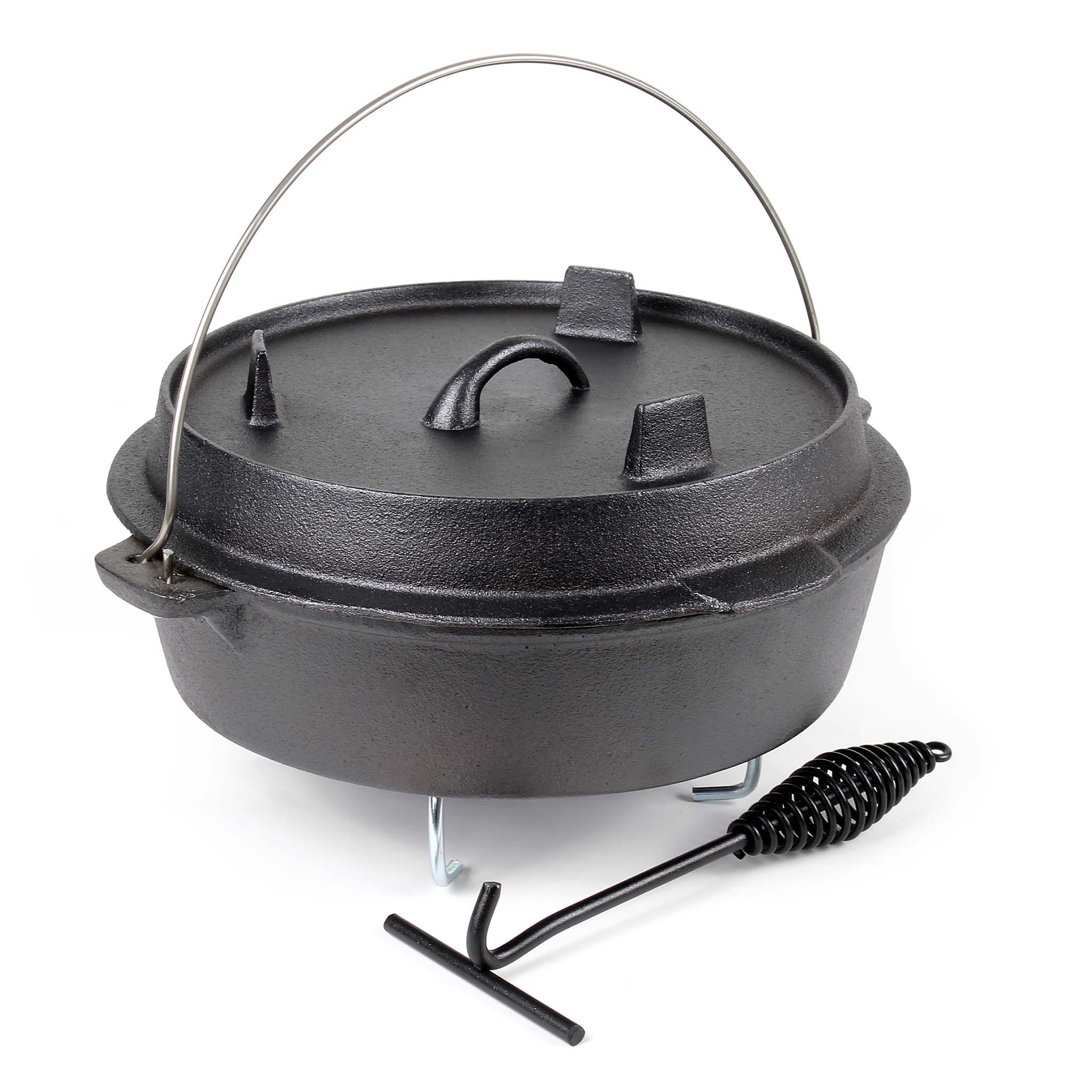Dutch Oven
Available, delivery time: 2 - 3 days
• Capacity: 18 litres
• Made from case iron
• With lid and lid lifter
• For open fireplaces, barbecue grills, etc.
Available, delivery time: 2 - 3 days
• Capacity: 2 litres
• Made from case iron
• With lid and lid lifter
• For open fireplaces, barbecue grills, etc.
Available, delivery time: 2 - 3 days
• Capacity: 9 litres
• Made from case iron
• With lid and lid lifter
• For open fireplaces, barbecue grills, etc.
Available, delivery time: 2 - 3 days
• Capacity: 8 litres
• Made from case iron
• With lid and lid lifter
• For open fireplaces, barbecue grills, etc.
Available, delivery time: 2 - 3 days
• Capacity: 12 litres
• Made from case iron
• With lid and lid lifter
• For open fireplaces, barbecue grills, etc.
Available, delivery time: 2 - 3 days
• Capacity: 4 litres
• Made from case iron
• With lid and lid lifter
• For open fireplaces, barbecue grills, etc.
Currently not available
• Capacity: 1 litre
• Made from case iron
• With lid and lid lifter
• For open fireplaces, barbecue grills, etc.
Available, delivery time: 2 - 3 days
• Capacity: 5 litres
• Made from case iron
• With lid and lid lifter
• For open fireplaces, barbecue grills, etc.

